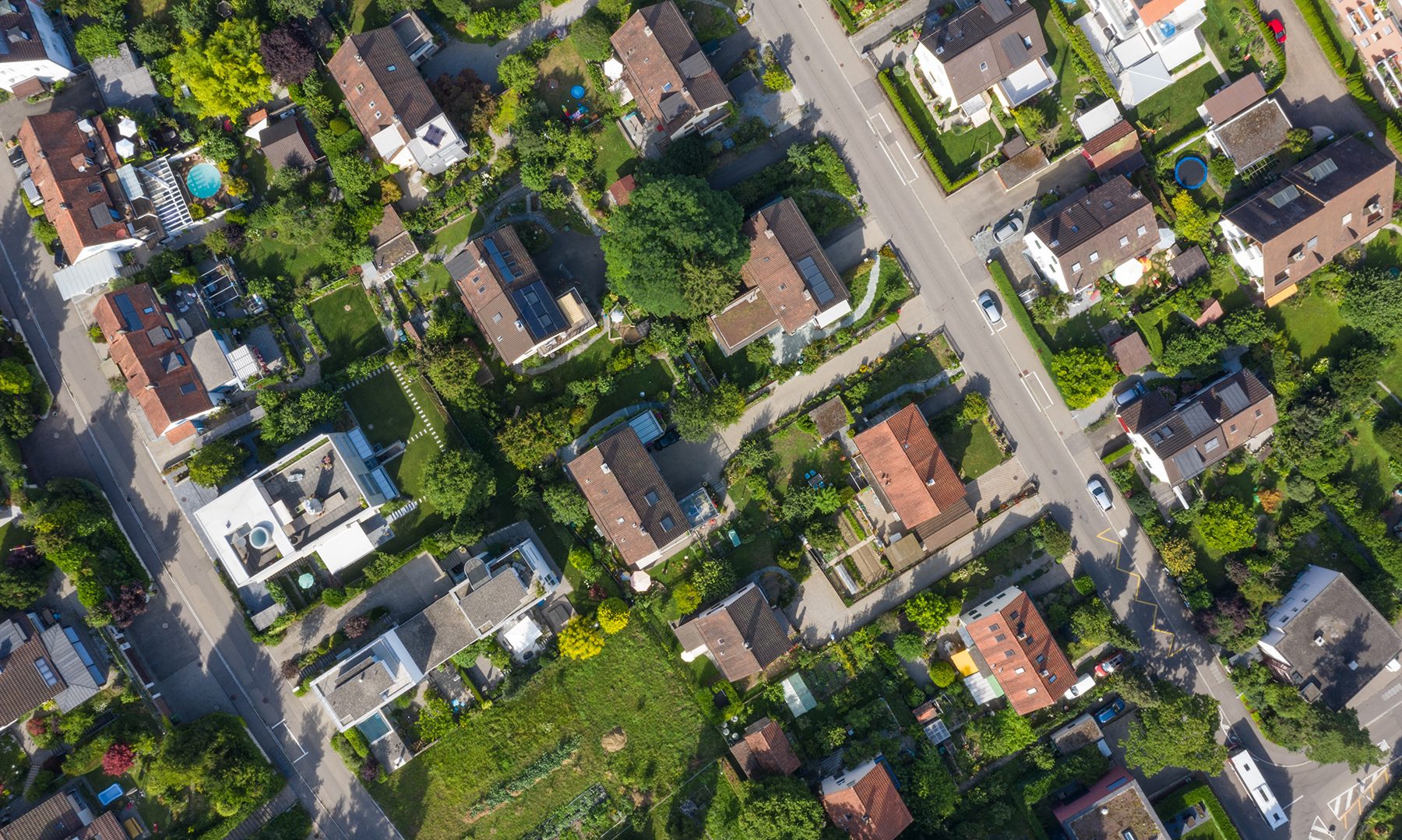Information for Homeowners About Radon
Radon mitigation is the act of reducing radon gas concentrations in any form (air or water) from your home. Radon levels fluctuate on a day-to-day basis so it is critical to consistently remove radon from your own with a system that runs 24/7. Routine testing and monitoring is crucial to the safety of your home.
Scheduling Your Radon Mitigation System Installation Is Easy
Our technicians have been trained and certified to the highest degree, and we take pride in the fact that our radon mitigation specialists are the best in the country. Our goal is to help you through the mitigation process, and make sure you understand what’s happening every step of the way. Here is what you need to do to schedule an installation:
- Step 1: Test your home for radon
You can purchase a radon test kit at your local or online retailer. Once you’ve received your test, follow the instructions on the test to determine the levels of radon in your home.
- Step 2: Call a radon mitigation specialist
The World Health Organization suggests homeowners should act when the level hits 2.7 pCi/l, and the EPA suggests to take action against the gas when the level hits 4.0 pCi/L (picocuries per liter) or higher. If the radon levels exceed 4.0 pCi/L contact SWAT. Reach out to us by filling out this form or calling 1-800-667-2366.
- Step 3: SWAT provides a free quote over the phone
We will discuss your options over the phone, provide a quote and schedule a convenient time to install your radon mitigation system.
- Step 4: We install your radon mitigation system
The installation process varies, but most residential systems can be installed in 2-4 hours. Our qualified professionals will share information about which radon mitigation system should be installed and can answer any questions.
- Step 5: Conduct your post-install test
We want to make sure that the radon levels have declined in your home, so we will provide a post-install test to determine that the reduced levels are safe.
What About Radon in Water?
Radon mitigation for water is different from mitigating radon in the air. Just like buildup in the air, radon can accumulate in water. Technicians use charcoal or aeration to filter the radon out of the water to keep it safe. Mitigating radon gas in water is as important as mitigating the radon in the air; it can be just as dangerous. However, radon in water is not as common. Homeowners should consider testing for radon presence in water, especially if they are already installing a mitigation system in their home.
Learn more about our residential radon mitigation services and the cost of a radon mitigation system.

